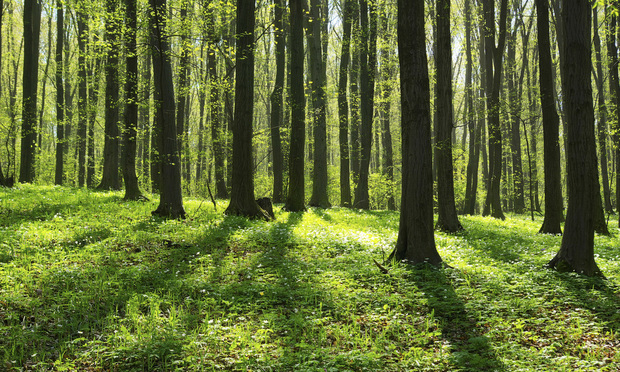The recent promulgation of the long-awaited Forest Stewardship Regulations provides new flexibility for those paying reduced property taxes for forest land under the Farmland Assessment Act, New Jersey’s primary mechanism to encourage private land owners to retain land in agricultural or horticultural use. Now, the 5,700 owners of the 234,000 acres of “non-appurtenant” forest land property qualifying for reduced assessments—and, hence, reduced property taxes—have an alternative to the requirement to sell forest products. If they elect the option of the Forest Stewardship Plan, they would no longer need to earn and document sales of at least $500 of forest products (i.e., saw timber, firewood, maple syrup, etc.) for the first five acres of land and 50 cents per acre for each additional acre of forest land.
The new option relieves the burden of generating income from the sale of forest products from land that might otherwise contain immature timber, be on steep slopes, or primarily consist of wetlands. However, these woodland property owners would still retain the significant benefit of having their property taxed based on its value as woodland (established by regulation to be between $78 and $181 per acre depending on the local soil rating), thereby reducing their tax bill from potentially several thousand dollars per acre to typically less than $10 per acre per year.


 Pakhnyushchyy – Fotolia
Pakhnyushchyy – Fotolia




